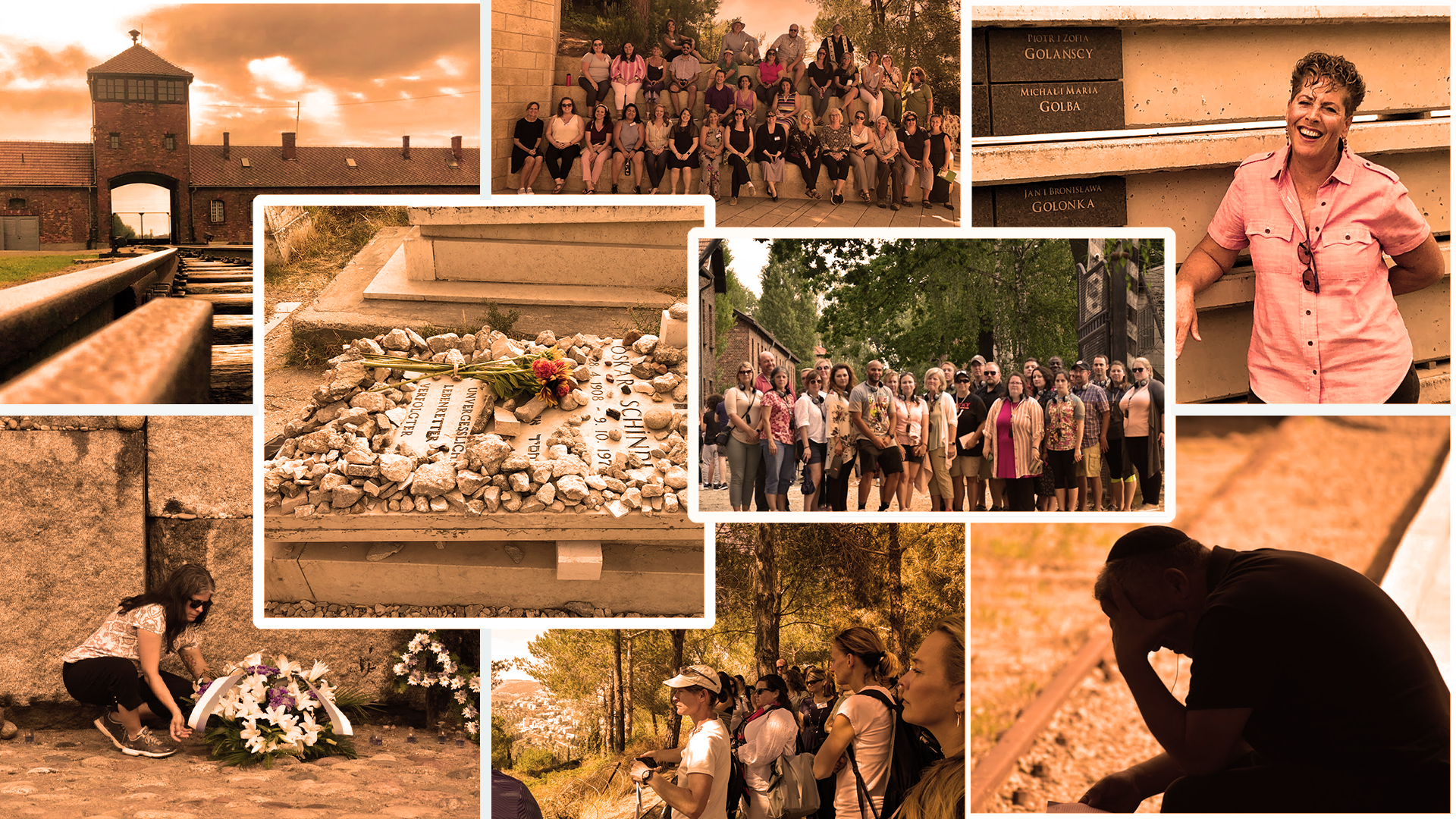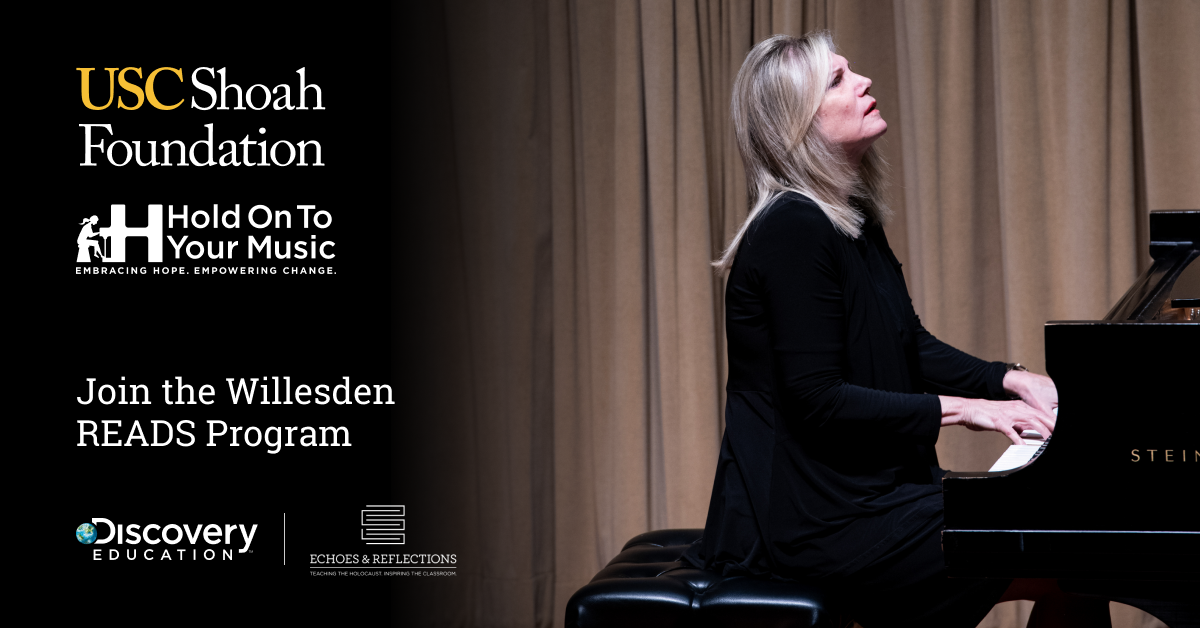This multipart resource is intended to help teachers support students’ understanding of genocide in the context of their Holocaust education.
Why is it valuable to teach about genocide in the context of learning about the Holocaust?
• The Holocaust is often considered to have given rise to our conceptualization of the term "genocide," which was coined during the Second World War, in large measure as a response to the crimes of the Nazis and their collaborators. Therefore the Holocaust can be an effective starting point and the foundation for studying genocide.
• Students can sharpen their understanding not only of similarities between events but also of key differences. In so doing, it may be an opportunity to better understand the particular historical significance of the Holocaust, and how study of the Holocaust may contribute to our understanding of other genocidal events.
• Students can identify common patterns and processes in the development of genocidal situations. Through the understanding of a genocidal process and by identifying stages and warning signs in this process, a contribution can hopefully be made to prevent future genocides.
• Students can appreciate the significance of the Holocaust in the development of international law, establishment of tribunals, and attempts by the international community to respond to genocide in the modern world.
• Students can gain awareness of the potential danger for other genocides and crimes against humanity that existed prior to the Holocaust and continue to the present day. This may strengthen an awareness of their own roles and responsibilities in the global community.
[1] "Education Working Group Paper on the Holocaust and Other Genocides" (2010)
Additional Considerations
• A central tenant of the Echoes & Reflections methodology is the use of primary source materials, which we have provided in the form of visual history testimonies. Learn more about the Echoes & Reflections pedagogy here.


Echoes & Reflections is proud to partner with USC Shoah Foundation, Hold On To Your Music Foundation, and Discovery Education to bring the Willesden READS Program to students and teachers in select cities across the United States.
Discover teaching resources to support the Willesden READS and more at The Willesden Project.
THE STORYThe Children of Willesden Lane–editions now available for readers across grade levels-is the best-selling story about the power of music and how one teenage refugee, Lisa Jura, Mona’s mother, held onto her dreams, survived the Holocaust and inspired a generation of her contemporaries. Today's worldwide humanitarian crises and the importance of standing up against bigotry and hatred are reflected in the continued, growing relevance of this story.
THE PROGRAMThe centerpiece event of the Willesden READS Program is a 50-minute one of a kind livestreamed event including a theatrical performance and concert based on the The Children of Willesden Lane story. More than one million students across the world have experienced the Willesden READS program. During this special remote event, students will have opportunities to interact with the book's author, performer and virtuoso concert pianist Mona Golabek, who offers uplifting messages of resilience and hope for students at a time when they most need it.
In advance of the livestream event, educators are invited to participate in professional development, provided by Echoes & Reflections, to deepen understanding of the historical context of The Children of Willesden Lane books and to learn to incorporate companion resources found in IWitness, USC Shoah Foundation's educational website, into their teaching.
Watch this brief video to learn more about the Willesden READS Program.
Currently in the United States, 12 states mandate Holocaust education, 5 have permissive statutes (legislation that is not a requirement), 14 support a Holocaust education commission or taskforce, 4 have legislation pending, and 22 have no legislation regarding Holocaust education (note: some states may fall into multiple categories).
Tap the button below to review state legislation. Visit this page on desktop to explore an interactive map.
For questions, and for more information on our offerings and/or on Holocaust education in your state, please contact us at info@echoesandreflections.org.
The map below tracks state legislation (passed and pending) regarding Holocaust and genocide education, as well as taskforces/commissions established by such law. Any state or school district may include Holocaust studies in their curriculum without state policy, and many do so with great rigor and commitment; this does not reflect those individual curricular decisions.
Currently in the United States, 29 states mandate Holocaust education, 6 have permissive statutes (legislation that is not a requirement), 17 support a Holocaust education commission or task force, 1 has legislation pending, and 10 have no legislation regarding Holocaust education (note: some states may fall into multiple categories).
To filter by legislative status, select one of these categories using the tool below.
One of the most important aspects of ensuring effective learning by students— whether required by legislation or not—is supporting educators’ knowledge, skills, and capacity to teach this history with accuracy and meaning.
Regardless of legislative mandates, Echoes & Reflections strongly recommends that all educators and school districts ground Holocaust education in effective pedagogy that informs their curricular and instructional decisions. Our Pedagogical Principles for Effective Holocaust Instruction provides a solid framework to assess current teaching practices and plan for future classroom instruction. Professional development programs (offered both in-person and online) provide in-depth guidance and training to support educators as they plan and implement Holocaust lessons and courses.
For questions, and for more information on our offerings and/or on Holocaust education in your state, please contact us at info@echoesandreflections.org.




 English
English